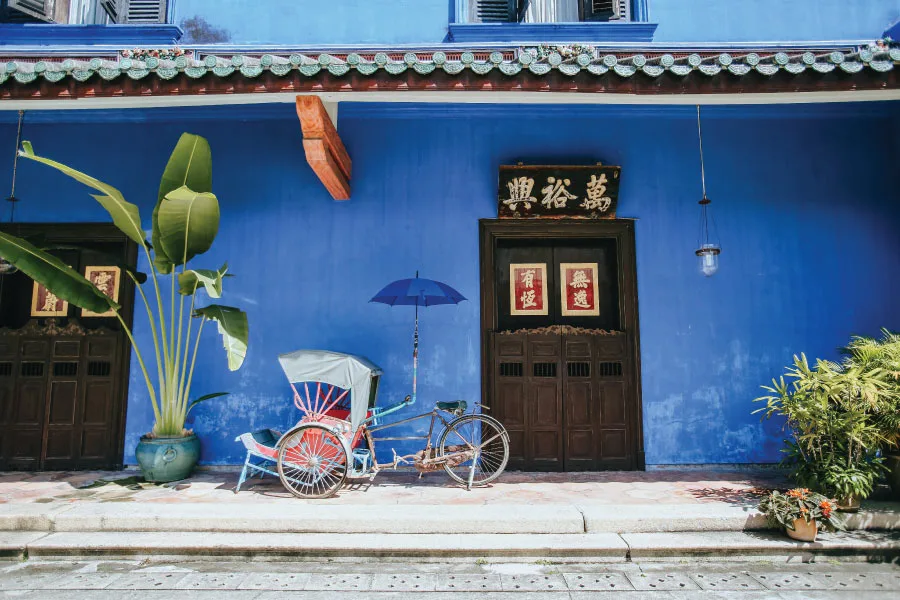Durian, known as the King of Fruits is a very popular fruit mostly grown along the hills of Southeast Asia. Malaysia is one of the countries that is known to produce delicious and award-winning cultivars.
If you’re unsure how to choose your favourite durians, we have prepared a simple guide for you.
Musang King

Other names: Mao Shan Wang, Cat Mountain King, Rajah Kunyit
Colour: Bright yellow
Taste & texture: Bittersweet taste and sticky, creamy texture.
Golden Phoenix

Other names: Jin Feng
Colour: Pale yellow-white
Taste & texture: Bitter with a more watery texture and strong pungent smell.
Origin: Pahang, Johor
Black Thorn

Colour: Bright Yellow
Taste notes: Sweet and creamy, with a slight bitterness
XO

Colour: Pale yellow
Taste & texture: Bitter and extremely soft, fleshy meat with an alcoholic aftertaste.
Origin: Johor, Genting, Cameron Highlands
D24

This durian used to be the most popular cultivars before it was dethroned by Musang King.
Other names: Sultan
Colour: Pale yellow
Taste & texture: Very creamy and balanced flavours of bittersweet; with slight hints of alcoholic taste.
Origin: Johor, Pahang, Cameron Highlands
D13

Colour: Reddish orange
Taste & texture: Sweet, fragrant and less fibrous. It has a slight distinctive aroma that smells like gas.
Origin: Johor
D101

Colour: Orange
Taste & texture: Easy on the palate, mildly sweet and creamy
Origin: Pahang, Johor
Red Prawn

Other names: Hong Xia, Ang Hay
Colour: A little light reddish orange
Taste & texture: Sticky and moist texture with a sweet champagne alcoholic aftertaste.
Origin: Pahang, Johor
Tekka

Other names: Musang Queen, Green Bamboo, Qing Zhu
Colour: Pale yellow-brownish with a slight greenish tinge
Taste & texture: Complex layers of sweet, floral and bitter notes
Origin: Johor, Pahang
Black Pearl

Other names: Taiyuan, Hei Zhen Zhu
Colour: Very pale yellow with grey undertones
Taste & texture: Bittersweet, smooth and creamy with small seeds. Generally less sweet compared to other cultivars.
Origin: Johor
How to Pick A Durian
Check the stem
At first glance, a fresh durian should have a straight, rigid stem.
An easy test of a durian’s freshness is to scratch its stem gently. If the stem is greenish and slightly wet, it is a sign that the durian had fallen off the trees within the last 24 hours. A darker stem means that the durian has been harvested much earlier.
Take note that the colour of the stem does not reveal the ripeness of the durian. Durians can sometimes fall off the tree before fully maturing due to heavy rain or strong wind.
Tap the durian
Check the durian’s ripeness by tapping the fruit using a knife, wooden stick or even your fingertip.
A ripe fruit should produce a hollow sound when tapped, similar to hitting a drum, indicating the presence of air gaps inside the fruit.
If you hear a solid sound instead, the durian is still immature and not ready for consumption.
How to smell
Experts never smell the base of the durian. Instead, sniff along the seams or split lines of the durian – you should smell a slight fragrance.
If the scent is fresh and reminiscent of green leaves, it is a sign that the durian flesh is sweet. If there is a slightly pungent smell, it could point to some bitterness in the flesh. If a durian does not emit a smell, it means that is unripe. If the aroma is too intense, it is a sign that the fruit is overripe.
The right shape
Although different durian may come in different shapes, there is a general guideline on inspecting the durian by looking at its shape.
Circular / Oval: More pulps with thicker flesh, durians with this shape are generally considered top-grade durians
Lopsided or kidney-shaped: Fewer pulps and less flesh, can be more aromatic and creamier than perfectly rounded ones
Bulging: Bigger and fleshy pulps, indicated by more sparsely arranged thorns due to thick pulps causing the husk to bulge
Slightly flat area on the husk: Lesser flesh with concentrated flavour
Size matters
Different varieties of durians come in different sizes. For example, XO durians are generally smaller while there are no small Red Prawn durians – these are generally large fruit. So be suspicious if a seller points to a large XO durian or a small Red Prawn one.







